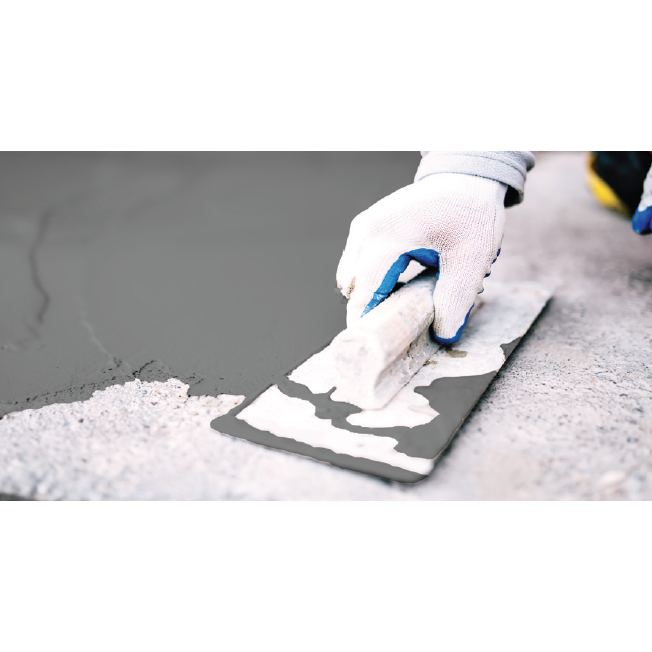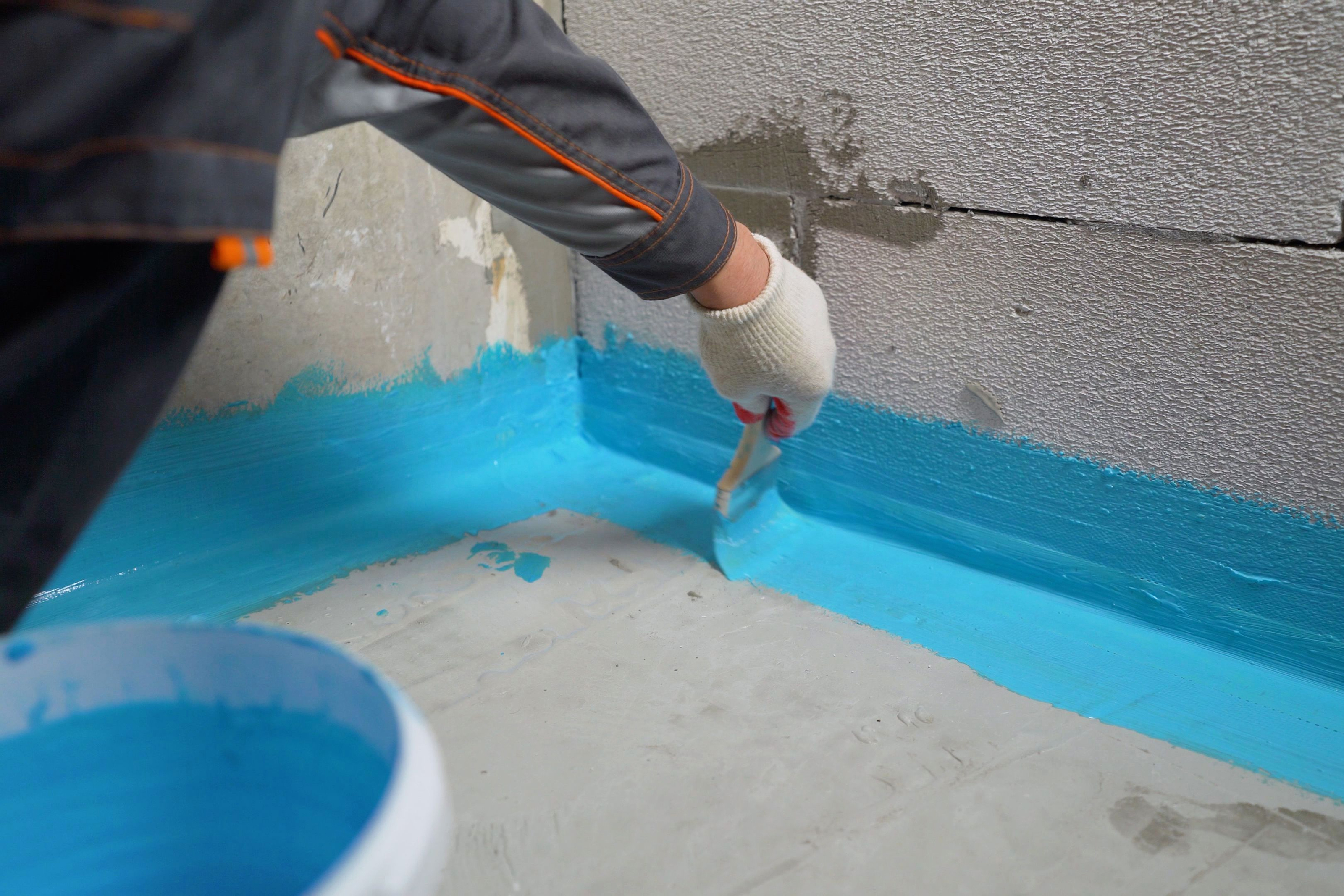How Yard drainage Omaha Boosts Property Value Instantly
Wiki Article
How Waterproofing Works: A Thorough Check Out Techniques and Technologies
Waterproofing is vital for securing structures from moisture-related damages. It includes different strategies and technologies that develop obstacles versus water breach. Standard approaches, such as compacted clay, exist side-by-side with modern developments like liquid-applied membrane layers. Understanding the nuances of these methods is crucial for effective application. The performance of any type of waterproofing option pivots not just on the methods made use of yet likewise on continuous upkeep and examination. What are the essential elements that affect lasting performance?Recognizing the Essentials of Waterproofing
Waterproofing is an important procedure that protects frameworks from water intrusion, which can bring about significant damages with time. This approach involves the application of different products and strategies developed to develop a barrier versus wetness. The key goal is to stop water from passing through surfaces, which can cause wear and tear, mold and mildew growth, and structural instability.Various elements affect the choice of waterproofing method, including the kind of structure, its location, and environmental conditions. Comprehending the physics of water motion and the residential properties of different materials is important in picking a reliable waterproofing solution.Effective waterproofing not just safeguards structures however likewise improves their durability and stability. Usually, it is integrated right into the design phase of building and construction to ensure detailed protection. As recognition of water-related issues grows, the importance of recognizing waterproofing principles comes to be significantly clear to designers, contractors, and residential or commercial property proprietors alike.Typical Waterproofing Approaches
Traditional waterproofing approaches have been utilized for centuries, relying upon time-tested techniques and products to protect frameworks from water damage. One of the earliest techniques entails using clay, which, when compressed, creates an all-natural barrier versus wetness. Additionally, bitumen, a sticky, black product stemmed from oil, has actually been utilized for its water-resistant buildings, commonly used to roofs and foundations.Another method entails the application of lime-based plasters, which supply a breathable layer that permits dampness to leave while preventing water ingress. Thatch roofing, a conventional method still seen in some cultures, offers outstanding waterproofing as a result of its tightly packed straw layers.Moreover, the use of stone and block has been popular, as these materials are naturally immune to water when properly set up. In general, standard waterproofing methods emphasize the significance of picking appropriate materials and building and construction techniques to enhance durability versus water intrusion.Modern Waterproofing Technologies
Innovations in modern-day waterproofing modern technologies have actually reinvented the method frameworks are protected from water damages. Innovative techniques such as liquid-applied membranes and innovative sealants have improved the performance and convenience of waterproofing remedies. These innovations allow for smooth application, reducing the danger of leaks and ensuring thorough insurance coverage over complicated surfaces.Moreover, the assimilation of smart modern technologies, such as wetness sensing units and automated surveillance systems, enables real-time analysis of waterproofing performance. This positive approach helps with timely upkeep and minimizes long-lasting repair work costs.Additionally, advancements in spray-applied layers offer quick application and excellent adhesion, adjusting to various substrates while offering durable protection. Methods like polymer-modified systems additionally enhance adaptability and longevity, making them appropriate for diverse settings. Overall, contemporary waterproofing technologies not only mitigate water breach but likewise add to the longevity and sustainability of frameworks, noting a considerable shift in the market.Products Utilized in Waterproofing
The performance of waterproofing remedies greatly counts on the materials used in their application. Different products are employed to create obstacles versus water access, each with distinct residential or commercial properties matched for different settings. Commonly made use of materials consist of membranes, coverings, and sealants.Liquid-applied membranes, commonly made from polyurethane or acrylic, develop a seamless barrier that adapts to intricate surface areas. Sheet membrane layers, generally constructed from rubber or polycarbonate, deal durability and are moisture resistant plywood optimal for larger areas. Furthermore, cementitious waterproofing materials, made up of cementitious compounds, give exceptional adhesion and flexibility.Sealants made from silicone or polyurethane are crucial for joints and seams, making sure thorough security. Advanced materials, such as geo-composite membrane layers, combine several functions, boosting efficiency. Overall, the selection of waterproofing materials is essential in accomplishing resilient and reliable water resistance, tailored to certain task requirements and ecological problems.
Common Applications of Waterproofing
Waterproofing plays an essential function in different industries, making certain the long life and honesty of frameworks. Usual applications include household options that safeguard homes, commercial framework that safeguards companies, and industrial settings that need durable protection against wetness. Understanding these applications highlights the significance of waterproofing in keeping both safety and functionality across various atmospheres.Residential Waterproofing Solutions
Numerous homeowners encounter obstacles with wetness intrusion, making effective domestic waterproofing options essential. Different techniques exist to address this issue, consisting of exterior and interior waterproofing systems. Interior services commonly include the application of sealants and coverings to basement walls, which aid protect against water seepage. Outside approaches generally include the setup of drain systems and water resistant membranes that divert water away from the foundation.Additionally, property owners might think about sump pumps to remove water buildup and dehumidifiers to manage humidity degrees. Proper grading and using gutters also play a crucial role in managing water circulation around the home. By implementing these strategies, home owners can significantly great post to read reduce the danger of water damages and mold and mildew growth, guaranteeing a dry and risk-free living atmosphere.
Industrial Infrastructure Security
Effective waterproofing options play a critical role in the protection of industrial framework. Yard drainage Omaha. These methods are crucial for guarding structures, car park structures, and bridges from water damages, which can compromise architectural stability and result in expensive fixings. Typical applications include the installment of membranes, finishes, and sealants that create barriers against wetness infiltration. Areas such as cellars, roofings, and exterior wall surfaces are frequently prioritized to guarantee durability and longevity. In addition, waterproofing systems can boost power effectiveness by preventing water-related issues that may cause mold development and deterioration. By implementing robust waterproofing steps, home owners can safeguard their financial investments and keep operational performance, inevitably adding to the total sustainability of industrial facilitiesIndustrial Applications Summary
While various fields deal with distinct difficulties, the requirement for trusted waterproofing remedies continues to be a constant in industrial applications. Industries such as manufacturing, building and construction, and energy typically come across settings where moisture direct exposure can jeopardize structural honesty and functional efficiency. In making centers, waterproofing is crucial for securing equipment and materials from water damages. In building and construction, it safeguards structures and basements versus groundwater infiltration. The power industry depends on waterproofing for see this here the security of devices in hydroelectric plants and overseas structures. Additionally, food handling markets utilize waterproofing to assure hygiene and compliance with safety criteria. Generally, reliable waterproofing remedies are essential for enhancing durability, safety and security, and productivity across numerous commercial setups.
Upkeep and Durability of Waterproofing Solutions
Although waterproofing solutions are created to offer lasting defense versus wetness breach, routine upkeep is important to guarantee their effectiveness and long life - Drainage & waterproofing company Omaha. Routine examinations play a substantial role in determining prospective problems such as splits, peeling, or indicators of water damage. Attending to these issues immediately can stop additional damage and pricey repairs.Additionally, cleaning the surface area of waterproofed areas assists get rid of dirt and debris that might jeopardize the honesty of the waterproofing obstacle. It's likewise advisable to reapply safety layers or sealants as advised by makers to maintain suitable efficiency. Ecological variables, such as UV direct exposure and extreme climate problems, can affect the lifespan of waterproofing materials, making normal evaluation importantOften Asked Concerns
Can Waterproofing Be Applied in Winter?
The concern of applying waterproofing in winter raises worries concerning bond and treating. Numerous products might not do at their best in low temperatures, demanding careful choice and factor to consider of certain guidelines for effective application.For How Long Does Waterproofing Typically Last?
The period of waterproofing effectiveness differs based upon products and environmental elements. Normally, it can last from five to 10 years, yet normal maintenance and assessments are essential to assure peak performance and durability.Is Do It Yourself Waterproofing Effective and Safe?
The performance and security of DIY waterproofing rely on various variables, consisting of material top quality and application method. While some people achieve satisfying results, others may come across issues that jeopardize long-lasting defense and structural stability.What Are the Indications of Failing Waterproofing?
Indicators of failing waterproofing consist of noticeable water stains, peeling off paint, mold and mildew development, stuffy smells, and dampness in walls or ceilings - French drain installation Omaha. These indications recommend jeopardized obstacles, requiring prompt examination and possible remediation to avoid further damagesExactly how Do I Select the Right Waterproofing Professional?

Report this wiki page